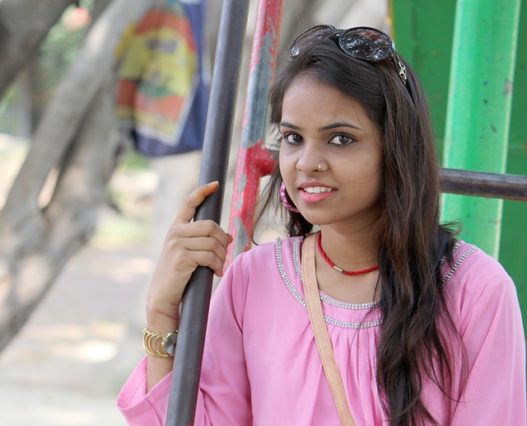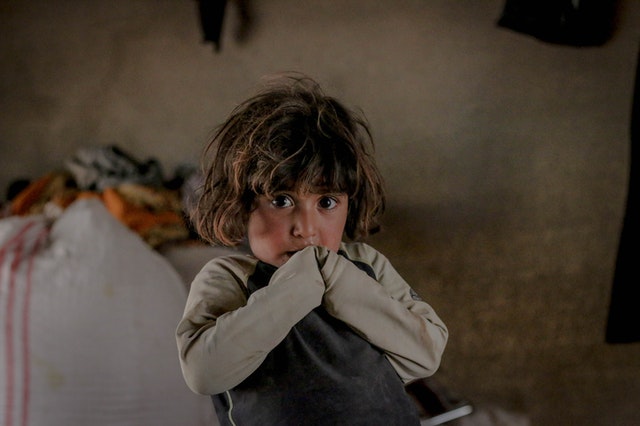History :-
- From the Vedic period till Islamic invasion of India women enjoyed equality. They were free to choose their partner (Swayamvar) and what type of relation she wants to have (marriage or Gandharva Vivah i.e. live in relationship), along with polygamy and polyandry coexisted, women had shares in their father’s property, gods and goddesses were treated with equal respect and they were free to move around.
- With the Muslim conquest, there were certain changes in the society, as the Muslim rulers followed the Sharia Law. Status of women deteriorated in society. Purdah and Jauhar system are attributed to the Muslim rulers. Rajputs also started the system of Jauhar after a century of Muslim rule as the Muslim rulers would take the wives and daughters of the lost Rajput rulers as sex slaves. According to Sharia law, women were supposed to stay in certain boundaries of their homes, they would have to wear burqah outside, whenever they moved out a man would always accompany them and they didn’t get a share in their father’s property.
- Still, some women commanded equality because of their supreme abilities like Razia Sultan was the first woman ruler of Delhi, Chandbibi of Ahmednagar fought against the Mughals, Jijabai mother of Shivaji was the queen regent etc.
- Apart from Jauhar, Hindus started other regressive practices as ‘Sati’ and Child Marriages. In Sati, the widow was burned alive in the pyre of her husband. The education level of women started declining exponentially.
- During the British Rule, several women reformers like Ishwar Chandra Vidyasagar, Raja Rammohun Roy, Jyoti Rao Phule, Pandita Ramabai etc. came out against the ill practices and due to their efforts, Sati was banned, Widow Remarriage Act was passed, several schools and colleges were opened for girls.
- Rani Laxmibai, Begum Hazrat Mahal led the armies against Britishers in the revolt of 1857. Kittur Chennamma fought against the British after the Doctrine of Lapse. There were many more women who broke social boundaries and performed exceptionally well.
Independent India :-
- Though our constitution guarantees equal rights to women in all aspects, the mentality of people didn’t change. There have been several cases of rapes, domestic violence, dowry, acid attacks etc. that led to the formation of several strict laws for women safety. In 2011, India was ranked as the fourth most dangerous country for women in the world (in 2018 India was ranked the most dangerous country for women) and worst among the G20 nations when it comes to women security.
- Through various laws and acts, the Indian Parliament and the Supreme Court have tried to empower women like banning triple talaq, striking down the adultery law, Sexual Harassment of Women at Workplace (Prevention, Prohibition and Redressal) Act, 2013, SC lifted the ban on Sabarimala Temple, Beti Bachao Beti Padhao scheme etc.
- Politics: India has one of the highest numbers of female politicians in the world. Women have held all important posts like that of President, Prime Minister, Defence Minister, Governor, Chief Minister etc.
- Military and Law Enforcement: From 1992, Indian Armed Forces began recruiting women in non-medical roles. The Indian Army began recruiting female officers in 1992, though women officers in the army are still not allowed to take up combat roles. BSF began in 2013. IAF began recruiting women as fighter pilots in 2015, prior to 2015 women were allowed only for ground duty and flying transport aircraft. In 1972 Kiran Bedi became the first IPS officer of India. In 2018 Delhi Police announced that it would begin inducting women in SWAT teams.
- Education: Women are lagging far behind than men in education. Fewer girls attend school as compared to boys and also their dropout rate is high. According to the 2011 census data literacy rate of women is 65.46% as compared to 82.14% of men. This difference is alarming.
- Economic Development: There is lower workforce participation of women as compared to men. The gender pay gap is of about 20% and it narrows with experience. Also, almost 50% of the Indian population consists of women, yet fewer than 5% of businesses are owned by women
- Participation of Women in Social and Personal Life: In India, it depends upon the region & community. In the name of ‘honor’ or ‘izzat’, some women are kept under certain boundaries and are deprived of progress, education and career. They have lesser say in matters of life partner, family planning, income etc. especially in North India.
Conclusion :-
Though the government and courts are trying to bring equality in the society, it has to be the people’s mindset which needs a change. And in big and developed cities of India this positive change is quite visible but in villages and small towns there is a lot of gender inequality to be dealt with.
Image by Sonam Prajapati from Pixabay
Your Turn…
What are your thoughts on status of women in India? Tell us through the comment section below. And subscribe to our blog to read answers to the trending GD topics.
Copyright @ Group Discussion Ideas.






